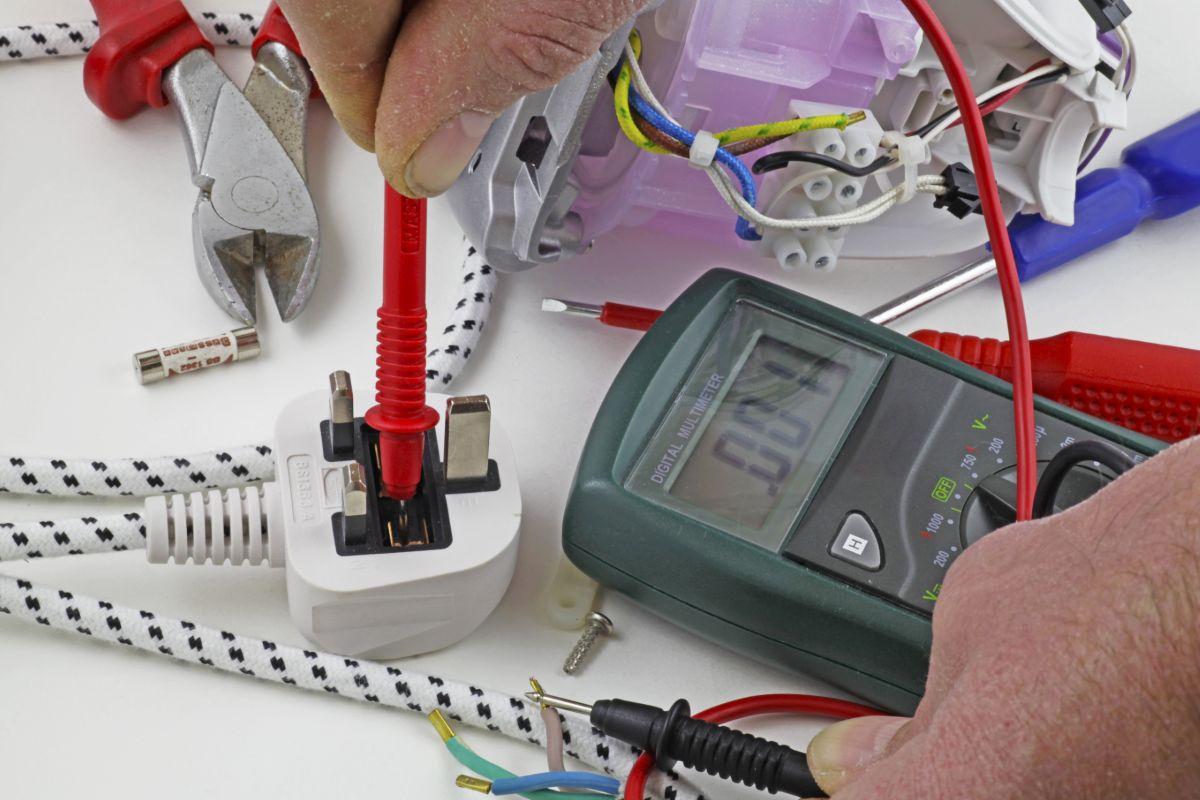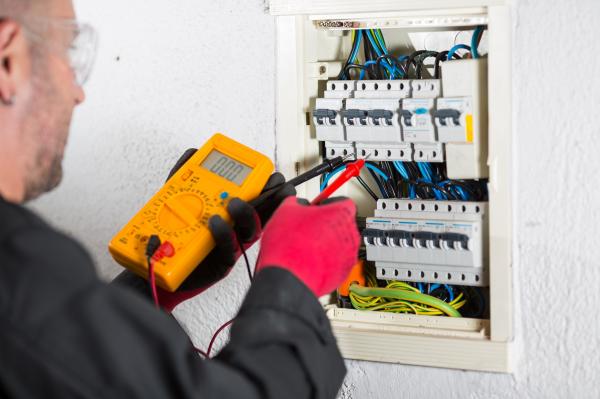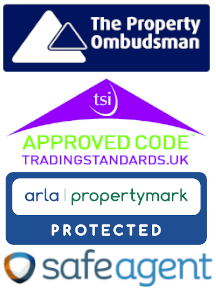
When it comes to electrical safety in rental properties, both landlords and tenants have an important part to play.
From legally required tests to visual checks, knowing how to ensure electrical wiring and appliances are operating safely will minimise the risk of dangerous fires and accidents. Which in turn will bolster a landlord’s reputation and give peace of mind to tenants.
Here we’ll outline all you need to know about Electrical Inspection Condition Reports and PAT testing and explain who’s responsible for what.
What’s the difference between an EICR and a PAT test?
An EICR is a report produced after an electrical inspection is carried out at a property by a qualified professional. It’s an assessment of the property’s fixed wiring and is one of a landlord’s many legal obligations.
A PAT test assesses the safety and function of appliances within the property, such as fridges and kettles. PAT testing is not legally required in England but is strongly recommended.
Understanding the importance of Electrical Inspection Condition Reports
Renting out a property comes with many responsibilities. The requirement to have an EICR forms part of the Electrical Safety Standards in the Private Rented Sector (England) Regulations 2020: a very long name for a piece of legislation which ensures the highest levels of electrical safety for tenants.
Within this, private landlords must make sure every electrical installation in their rental properties is inspected and tested. This must take place at intervals of no more than five years by a ‘qualified and competent person’. These can be found via schemes set up by the electrical safety industry, such as the Electrical Safety Roundtable and the Registered Competent Person: Electrical.
Only applicable in England, the regulations were introduced in 2020 and now apply to all relevant tenancies. Each one must come with evidence that the property meets the national standards for electrical safety.
What happens during an electrical safety inspection?
The person carrying out the inspection will be checking the ‘fixed’ electrical components of the property. This includes the wiring, plug sockets, light fittings and fuse boxes, as well as any permanently connected appliances such as showers and extractor fans.
The electrician will also take the time to check if:
any electrical installations are overloaded
if there are any potential electric shock risks or fire hazards
if there’s any defective electrical work
if any earthing or bonding is lacking, both of which are methods of preventing electric shocks
The regulations don’t cover unfixed electrical appliances such as cookers and TVs. Read all about PAT testing below to find out more about these.
Once the inspection is complete, there’s no requirement for a specific landlord electrical certificate but they will issue a report detailing:
the results of the inspection and testing, whether satisfactory or unsatisfactory
a list of observations highlighting any necessary remedial work or further investigation
the date the next inspection and test is due by
What do landlords have to do after an electrical inspection?
Once the inspection has been carried out, to guarantee compliance under the regulations, landlords must:
get a report (the EICR) detailing the date and results of the inspection, plus the date of the next one
supply a copy of that report to each existing tenant within 28 days of the inspection
supply a copy to the local housing authority within seven days of receiving a request from them
retain a copy until the next inspection and pass the report onto the person carrying it out
supply a copy to any new tenants
complete any remedial or investigative work requested within the report within 28 days or less, depending on the findings
supply written confirmation of the completion of these works from the electrician to the tenant and the local authority within 28 days
If remedial work isn’t carried out within 28 days, local authorities can fine landlords up to £30,000 for being in breach of their duty.
The government’s aim here is to make sure ‘all landlords now have to do what good landlords already do: make sure the electrical installations in their rented properties are safe.’
Understanding PAT testing
PAT, or portable appliance testing, is a way to check that small electrical items are working correctly and, therefore, safely.
Unlike EICRs, regular PAT testing is not a legal requirement in England. However, where a landlord provides an electrical appliance as a part of a tenancy, the law expects them to be safely maintained so they don’t harm tenants. Failure to do so can lead to being sued for negligence.
The sticking point is that the law doesn’t stipulate how landlords should do this. In the absence of specific legislation, step forward common sense and best practice.
What is a portable appliance?
Portable appliances are generally classed as those with a plug and which can be moved. These include:
microwaves and cookers
fridges and freezers
washing machines and dishwashers
toasters, kettles and coffee machines
TVs, digital receivers and stereos
lamps
vacuum cleaners
heated towel rails
extension leads
How to carry out a PAT test
The first step is to carry out a regular visual inspection of all appliances which will highlight any obvious issues. For landlords, they can also encourage tenants to do this more often and alert them to any immediate concerns.
Potential problems to look out for include:
fraying or heavy scuffing to the power cable
damage to the plug such as bent pins
loose parts or screws
tape used to join leads together
visible wires where the lead joins the plug
signs of overheating such as scorch marks or staining
cables trapped and therefore damaged under furniture
unsuitable equipment being used in wet environments, e.g. bathrooms
Landlords can then provide tenants with a report of their findings. Note that tenants are responsible for checking any of their own electrical appliances are safe.
If you’re both a landlord and a competent electrician, you can complete a thorough PAT test yourself.
For most however, ultimate peace of mind only comes from arranging a professional PAT test.
What does a professional PAT test involve?
A DIY visual inspection has its merits but some faults can only be identified via a test from a professional electrician. And remedial work can obviously only be made by someone suitably qualified.
Professional PAT testing involves an electrical engineer visiting the property to visually inspect and test all appliances. They’ll use a sticker system to indicate whether each item has passed or failed, along with the date of the next recommended inspection.
You’ll also receive a certificate for your records to prove you’re taking the electrical safety of your property seriously. Something which will be welcomed by all tenants, both current and future.
Discover more advice about being a responsible landlord on MakeUrMove’s property blog.







